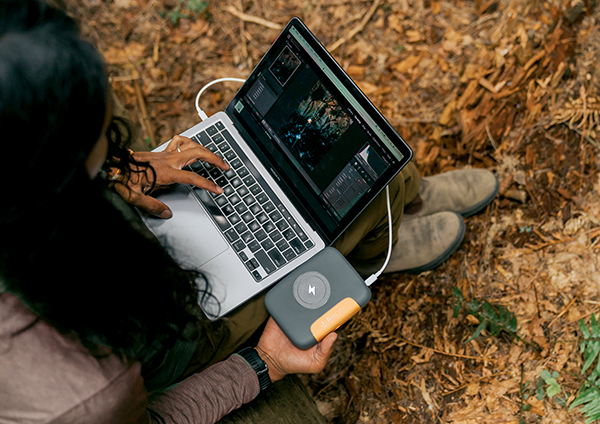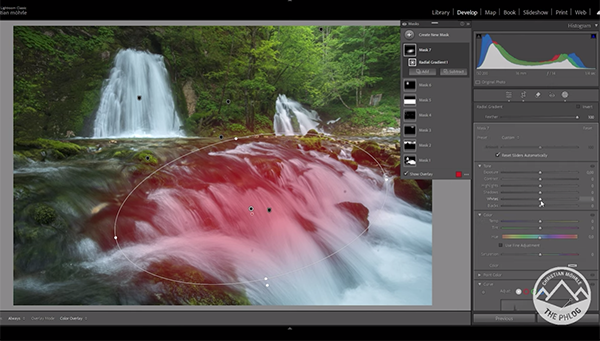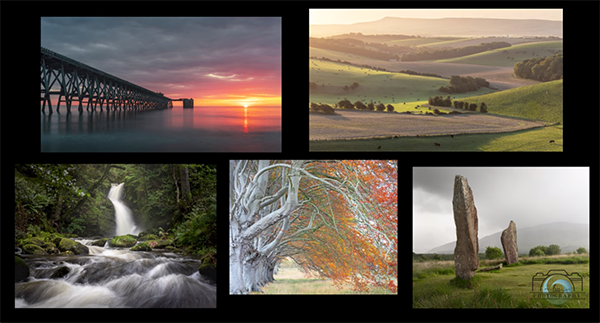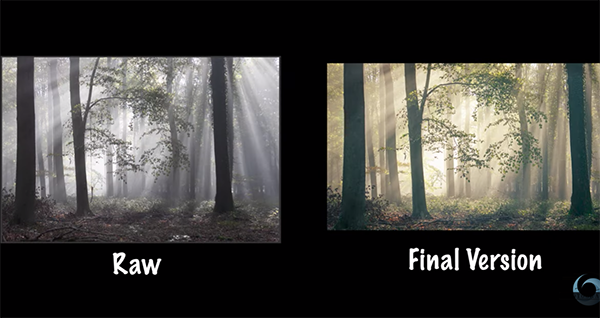You stumble into your favorite Starbucks half-awake as you do every morning and WHAM! There’s Elvis standing at the end of the counter — fringed shirt, sequined guitar strap and all. You do a quick draw from your iPhone holster while The King patiently waits for his venti peanut butter banana flat white with an extra three pumps of funnel cake syrup, but — damn! — the battery is dead. What do you do? You’re missing your chance to join the annals of consumer photojournalism and a shot at certain Instagram history. That’s about a zillion Likes being blown to tarnation.

Solve Your Juice Problem
You could run and plug your now-bricked smartphone into your Yugo’s dashboard cigar lighter and wait 15 minutes for the LiPo battery to rejuvenate, but you’d run the risk that the God of Graceland might slip out the side door with that blond babe who vaguely resembles Marilyn Monroe after intense eyebrow therapy. Or you could franticly search for your seldom-used DSLR which simply must be somewhere in your trunk, last you remember.
There is a third alternative. BioLite.

A Better Solution
Do what I do. Carry a BioLite Charge 100 Max, a 100W USB-C Powerbank, in a pocket on your government-issued M65 field jacket. It’s not much larger than a long tuna salad sandwich and packs a lot more power—like 25,000 mAh, enough to fully charge a smartphone at least five times (up to seven times, depending on model) before needing a refresh. It weighs about 20 ounces and it’s FAA compliant.

Capacity
These numbers are approximate because devices vary widely in their power requirements. I did not push the BioLite Charge 100 Max to its absolute limits, but I was able to charge everything I connected, and fast, too.
Laptop computer: 1-2X
Tablet: 2-3X
Smartphone: 5-7X
BioLite Headlamp 425: 18X
AirPods Pro: 35 X
With summer storms gaining intensity annually, and winter blackouts always a threat on the East Coast where I live, I sleep better with a BioLite battery bank in the cupboard.

Other Specifications
Battery: 25,000 mAh (91.3 Wh) Lithium Ion
Inputs: USB-C PD, up to 65W
Outputs: 120W total output simultaneous
2X USB-C PD: 100W. 5V/3A, 9V/3A, 12V/3A, 15V/3Z, 20V/5A
1X USB-C: 15W. 5V/3A
1X USB-A: 15W. 5V/3A
Charge Time: 1.5 hours via 65W USB-C PD
Wireless Pad: Up to 15W. MagSafe compatible
Durable rubberized case construction; drop tested from 1 meter
FAA Carry-on compliant
Dimensions: 5.5 x 4.4 x 1.4 inches (140 x 112 x 35mm)
Weight: 20.5 ounces (580g)
Included Cable: 100W USB-C PD cable
2-Year USA Limited Warranty
USB-C PD (Power Delivery) is a fast charging technology that provides higher levels of power than standard charging. USB-C PD outlets can charge laptops, tablets, etc., via the USB-C PD cable that is included with the BioLite Charge 100 Max.

In the Field
Pretty amazing, to be honest. It charges devices quickly and easily. I found it remarkably convenient as a cordless charging dock for my iPhone, proving that its usefulness extends well beyond emergencies.
At a pound-and-a-quarter, it’s a tad too heavy to tote in a shirt pocket, but it stows in a backpack or shoulder bag with no problem.
Conclusion
I can quickly name three reasons why you should consider dropping a buck-and-a-half ($149) on this gray and yellow slice of security.
First, it’s powerful, a full 25,000 mAh, so it keeps on charging electronic devices long after other battery bricks have pooped out. Second, it provides exceptional peace of mind, even just sitting there, waiting for the next power outage. Third, it’s an everyday tool if you have an iPhone or other Apple device with MagSafe.

On top of those key reasons, the BioLite Charge 100 Max is manufactured and backed by a leading company with years of experience in the outdoor/portable power marketplace and a dedication to environmental conservancy.
Price & Availability
Price of the BioLite Charge 100 Max is $149.95 (MSRP). Order directly from BioLite or use the BioLite Store Locator to find an Authorized Dealer in your area. Shop local if you can; it helps everyone in the long run. Alternatively, you can visit the official BioLite Amazon Store.

More About BioLite
BioLite is a past winner of the prestigious National Design Award from Cooper Hewitt, Smithsonian Design Museum, in the Product Design category.
BioLite offers dozens of items of interest to folks who partake in a wide range of activities. In addition to the BioLite Charge 100 Max, they offer other batteries, portable stoves, solar generator kits, way-cool headlamps, lighting of various sorts and even fire pits. Visit the BioLite website and click on their Store Locator. Cool stuff you’ll want.
Report Elvis Sightings
If you snap a great shot of The King of Rock and Roll, post it here on Shutterbug in our Photo of the Day gallery. AI not acceptable. Sincerity assumed. Sobriety optional.
Want to Become a Better Photographer?
Begin by taking more pictures. Carry a camera everywhere you go and shoot even when you’re 100% sure the picture won’t turn out. Review all of your images with a critical eye and share them with others – and that includes posting the best on our Gallery. Subscribe to our newsletter (see sign-up form on our homepage) and bookmark Shutterbug as a Favorite on your browser so you can check back often. We’re in this for the same reason as you – we love photography, and we’re learning more about it every day.
—Jon Sienkiewicz
(As an Amazon Associate, Shutterbug earns from qualifying purchases linked in this story.)
















